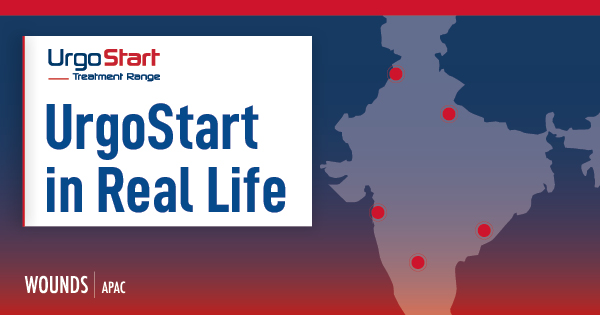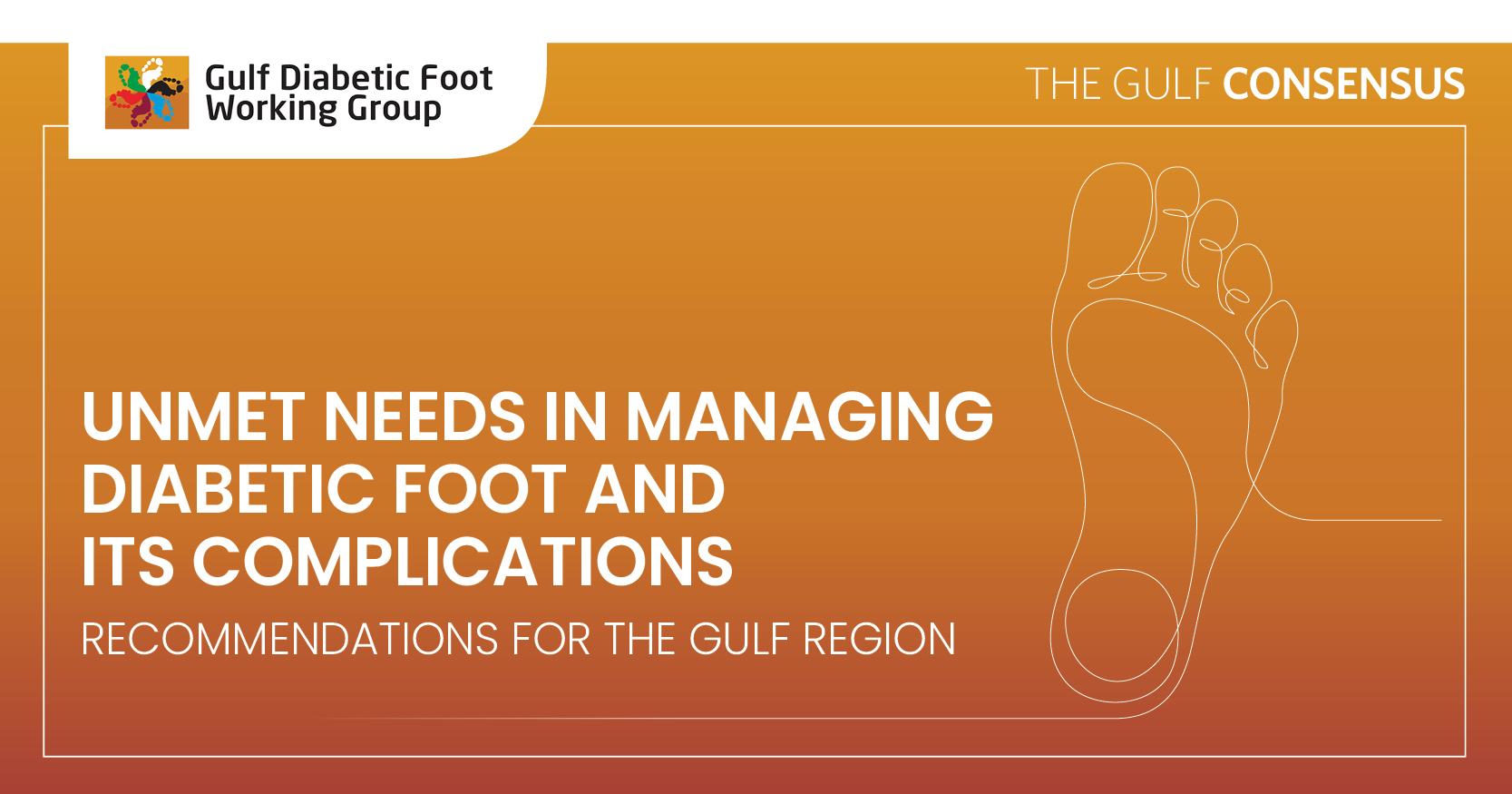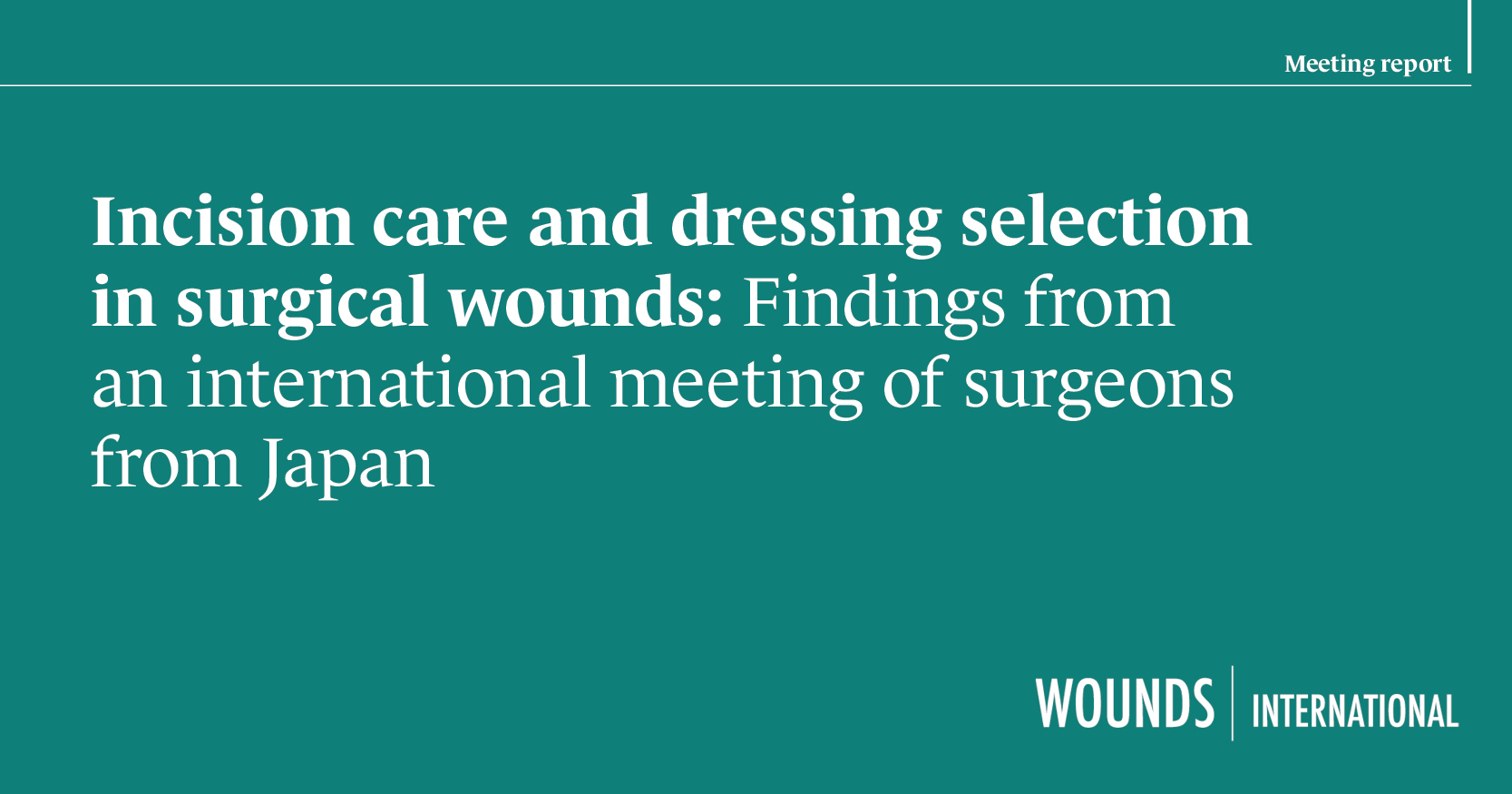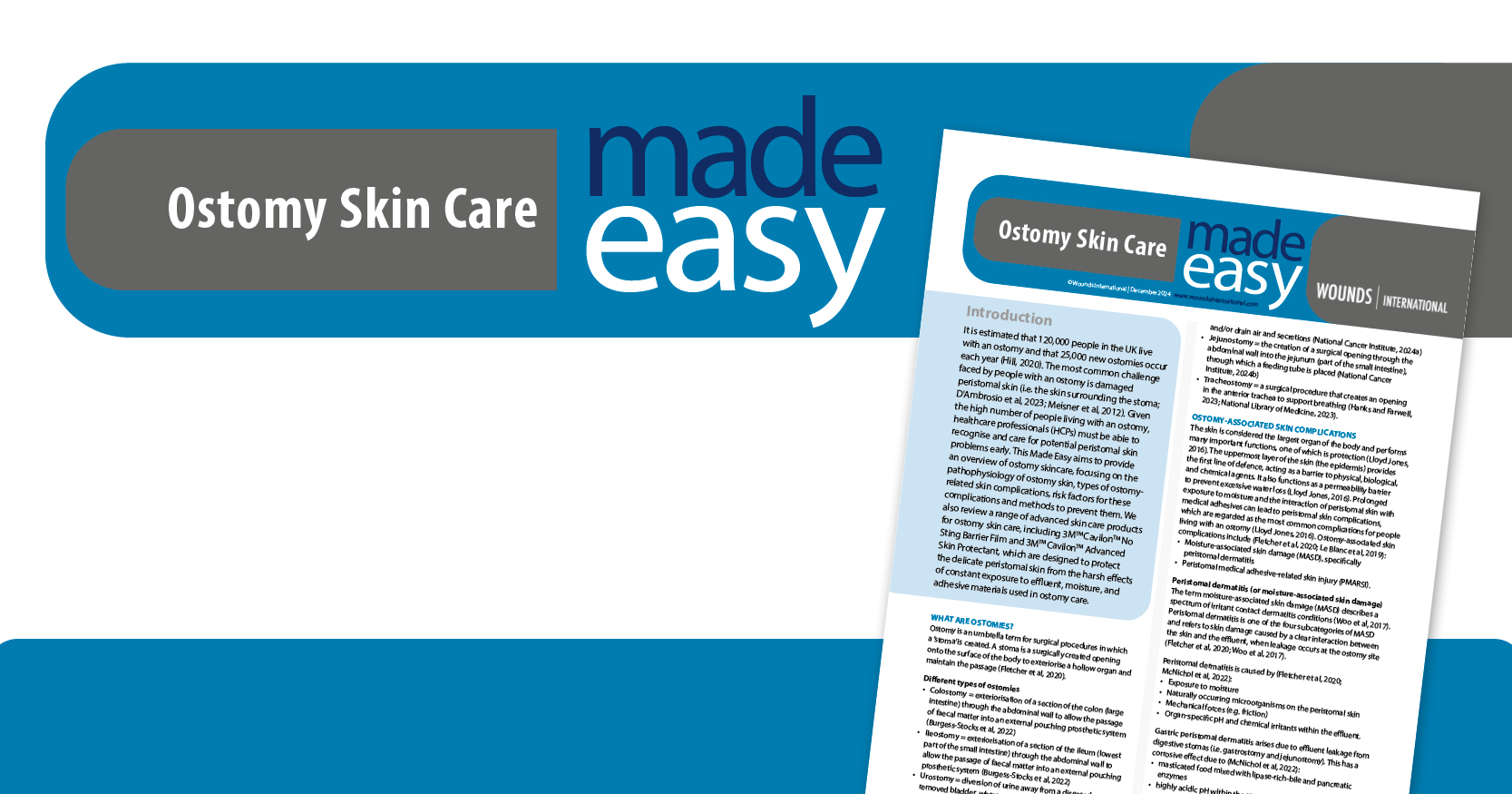Chronic wounds are a challenge to clinicians involved in wound management and pose huge financial burdens on healthcare systems, while also having devastating effects on patients and their families.1 Chronic wounds are classified by aetiology, specifically, diabetic foot ulcers (DFUs), venous and arterial lower limb ulcers (LUs), and pressure injuries (PIs), as a consequence of the underlying diseases such as diabetes, peripheral arterial disease or chronic venous insufficiency.2 The cause of chronicity is the persistent inflammatory response created by common components within chronic wounds.3
A 2005 community-based epidemiological study identified the prevalence of chronic wounds in India to be 4.5 per 1000 of the population, with lower extremity wounds being the most common.4
Chronic wounds have been described as wounds that do not progress through a normal, orderly, and timely sequence of repair.5 Various publications try to estimate explicit timeframes of healing before a wound can be classified as longstanding chronic wounds, for instance 2 to 8 weeks for DFUs, and 4 weeks to 2 months for VLUs. Nonetheless a clear timeframe to define the chronicity of wounds and consensus on the timeline has never been provided or agreed upon.6,7 However, it is argued that such wounds may from the outset show chronic features, mainly due to excessive levels of matrix metalloproteinases (MMPs).7 The high levels of MMPs and decreased levels of tissue inhibitors (TIMPs) could be used as prognosis indicators, and, therefore, reducing the levels of the MMPs could optimise the healing outcomes of these challenging wounds.8
The UrgoStart treatment range, (TLC-NOSF – Nano-oligosaccharide factor, sucrose octasulfate dressing based on technology lipido-colloid) was discussed in a recent systematic review9 where it has been concluded that these dressings ‘can provide clinicians with an evidence-based option for the management of chronic wounds which may be beneficial in reducing healing times, enhancing patients’ health related quality of life and providing economic benefits.’ The review identified a total of 21 publications of different levels, ranging from double-blind randomised control trials to case reports, involving over 12,000 patients (2021).
The various publications draw attention to the greater benefits that are achieved when the UrgoStart treatment range is used as the first-choice treatment, as an integral part of the standard of care, to be initiated as soon as a patient presents to a clinician. Also, consistent benefits are achieved regardless of the characteristics of the wounds (such as wound aetiology, wound location, etc.) and provides a cost-effective solution that still offers the best healing outcomes in the management of chronic wounds, notwithstanding the age, size or location. There is a continuous growing recognition of the robustness of the evidence behind the UrgoStart treatment range amongst national authorities, payors and medical societies, as well as clinician endorsement, adoption and use of the UrgoStart treatment range for lower limb wounds, with these dressings being included in various guidelines and recommendations, including International Working Group on the Diabetic Foot (IWGDF 2019 & 2023)10, Diabetes Feet Australia (DFA)11, Vietnamese Association of Diabetes and Endocrinology (VADE)11, and the The National Institute for Health and Care Excellence of the UK (NICE 2019 & 2023).13
In contact with wound exudate, the TLC-NOSF wound contact layer or healing matrix forms a gel that soaks up wound exudate and decreases levels of MMPs.14 The TLC-NOSF decreases MMP levels on the wound surface, promoting wound repair and shortening time to wound healing.13 It has also been shown that, when treating neuroischaemic DFUs with a TLC-NOSF dressing, transcutaneous oxygen pressure is improved.15
This document showcases the outcomes of the implementation of the UrgoStart treatment range, as part of a holistic standard of care, in a real-world environment, demonstrating positive outcomes of the management of chronic wounds in India with improvement in wound conditions and, furthermore, enhancing the patients’ quality of life and clinicians’ satisfaction. This study encompasses the experience of senior wound care clinicians from various specialities including Plastic Surgeons, Podiatrists, Vascular surgeons, and General surgeons. This real-world experience with the UrgoStart treatment range shows its effectiveness in healing a wide range of wounds.
Clinicians and healthcare systems need to ensure that the most effective, evidence-based wound management interventions are implemented for improved outcomes in individuals living with chronic wounds.
Dr Rajesh Kesavan,
Director, Dr. RK Diabetic Foot and Podiatry Institute, & Rakesh Jhunjhunwala Amputation Prevention Centre; Adjunct Professor, Saveetha Medical College, Chennai, India







